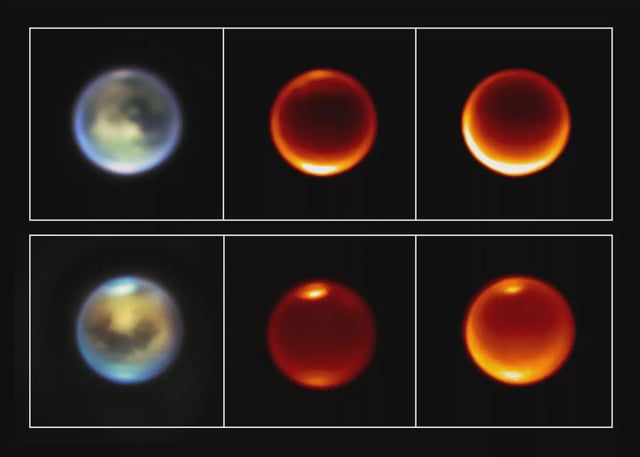Overview
- NASA's James Webb Space Telescope captured active methane cloud convection in Titan's northern hemisphere, confirming Earth-like weather cycles.
- Keck Observatory and JWST observed methane clouds forming and moving to higher altitudes, suggesting potential rainfall on Titan's methane lakes.
- For the first time, JWST detected methyl radicals (CH3) in Titan's atmosphere, a critical intermediate in organic chemical reactions.
- These findings raise questions about the sustainability of Titan's methane cycle and whether it is replenished from the moon's interior.
- The discoveries are shaping the scientific focus for NASA's Dragonfly mission, set to explore Titan's surface and habitability potential in 2034.

